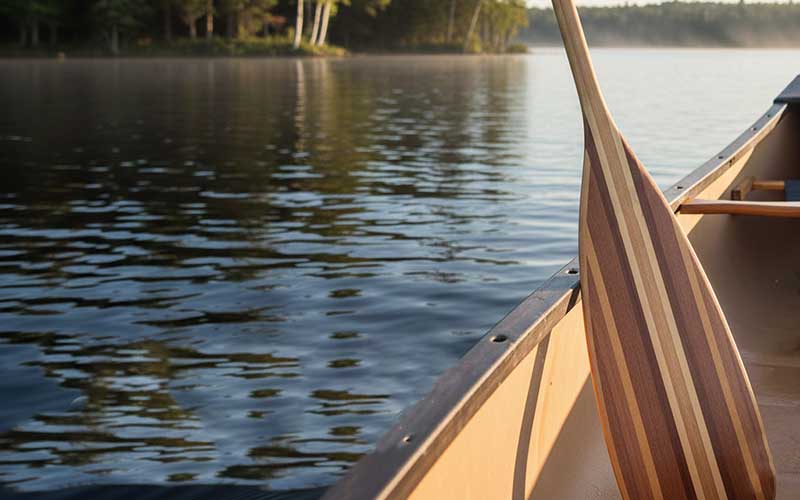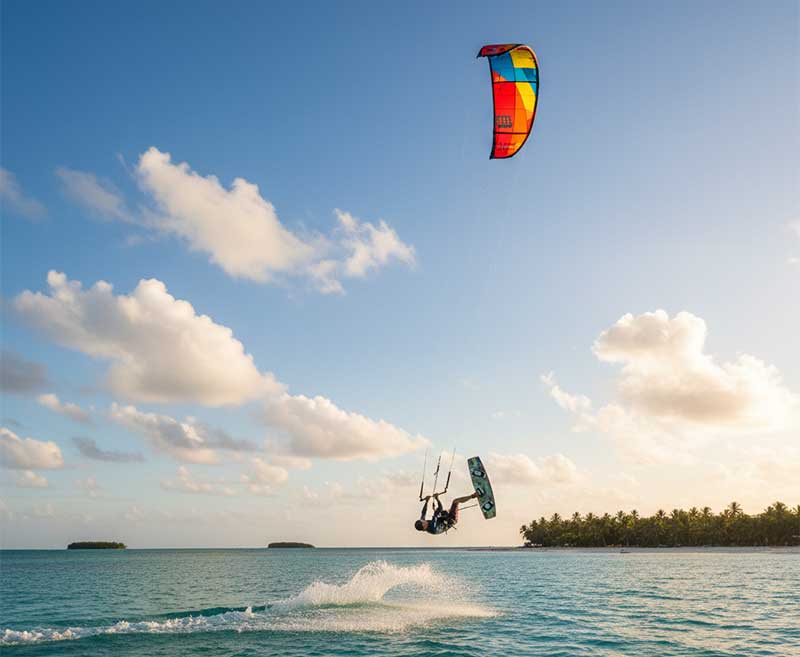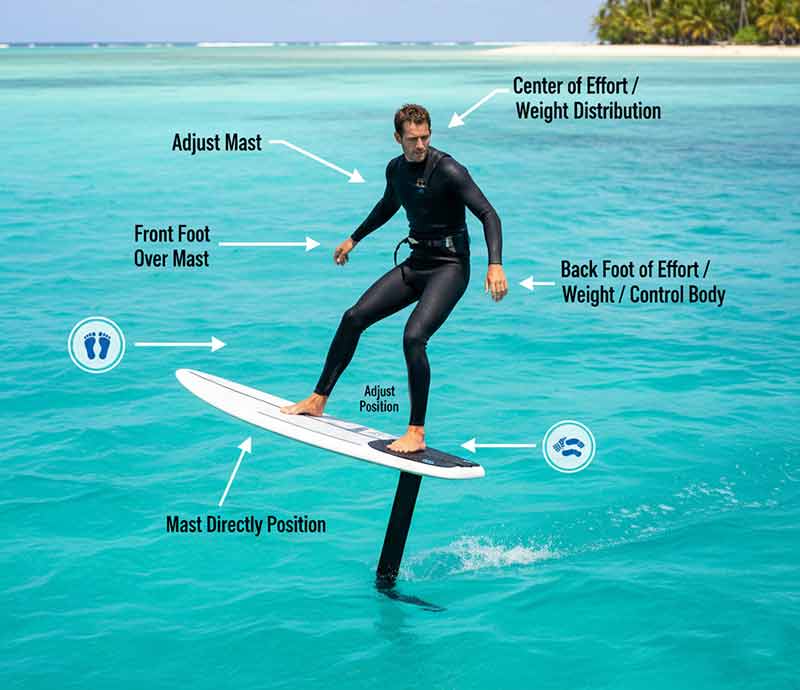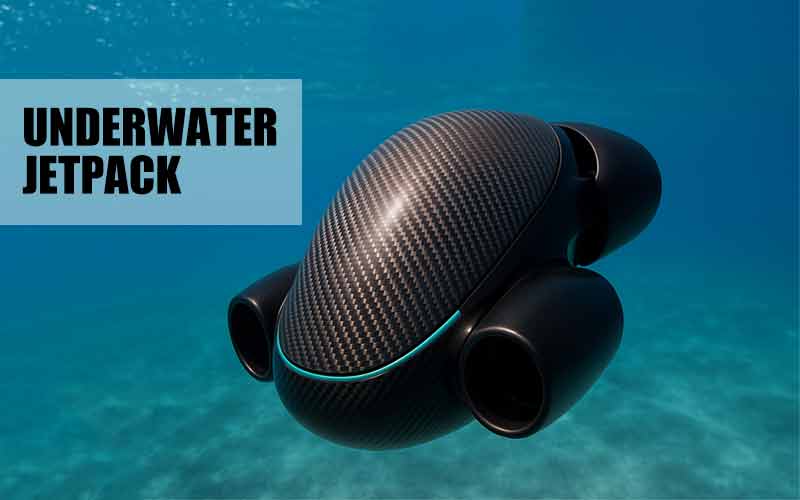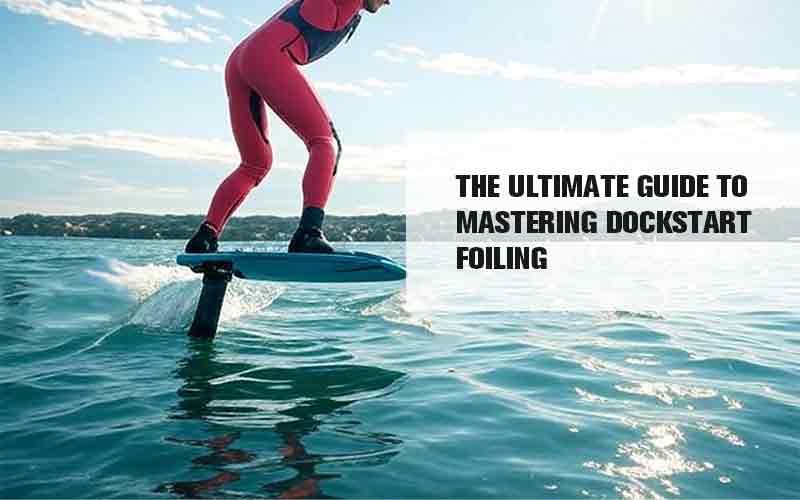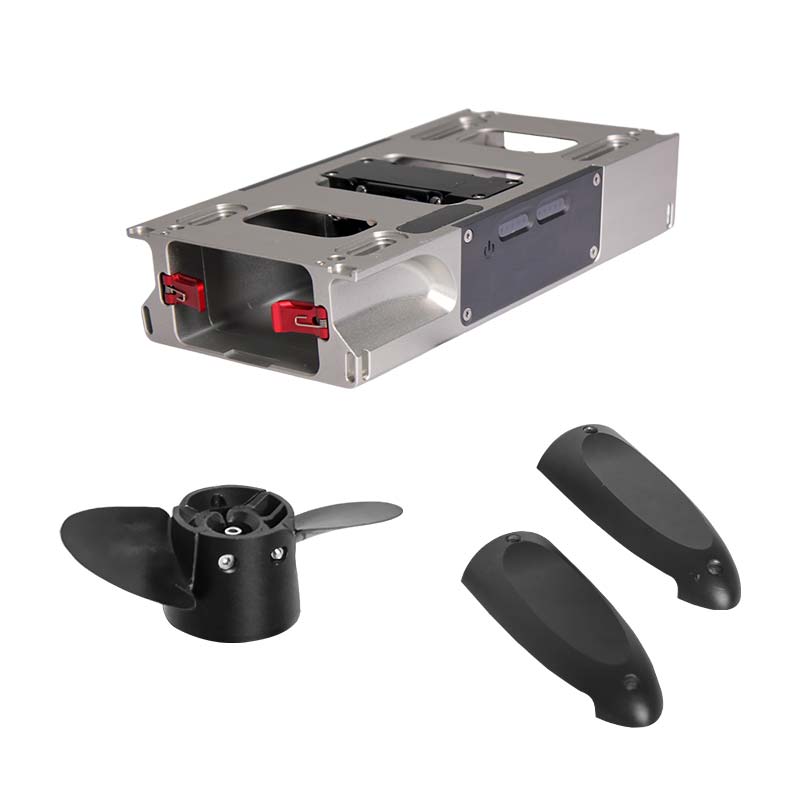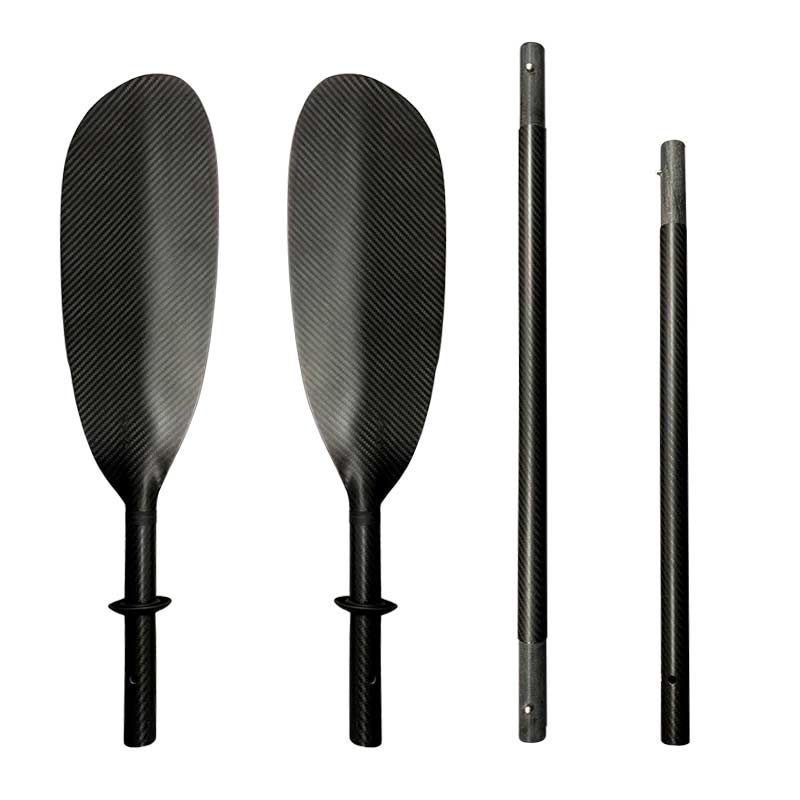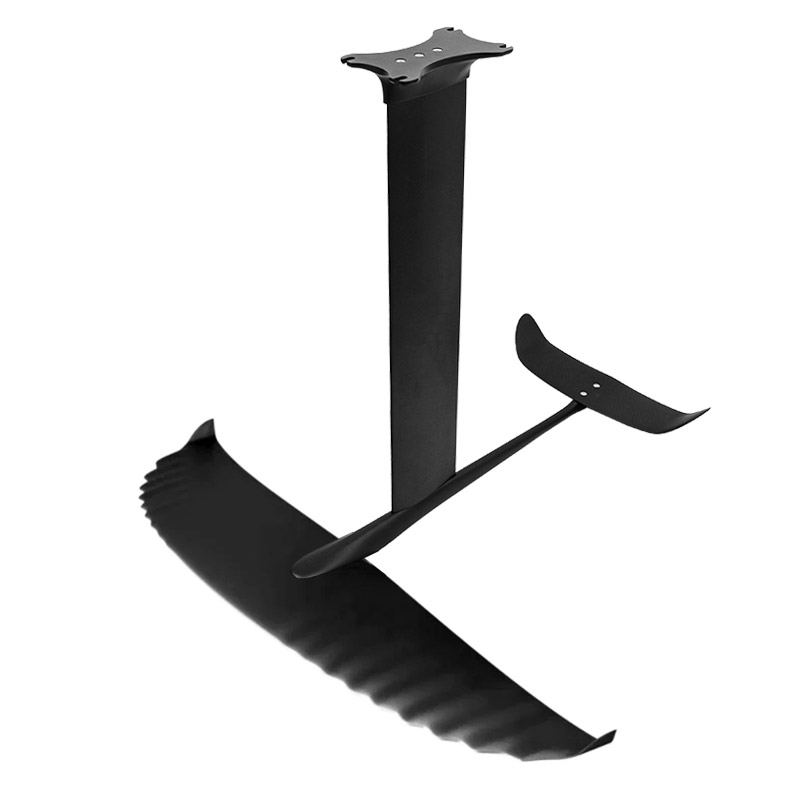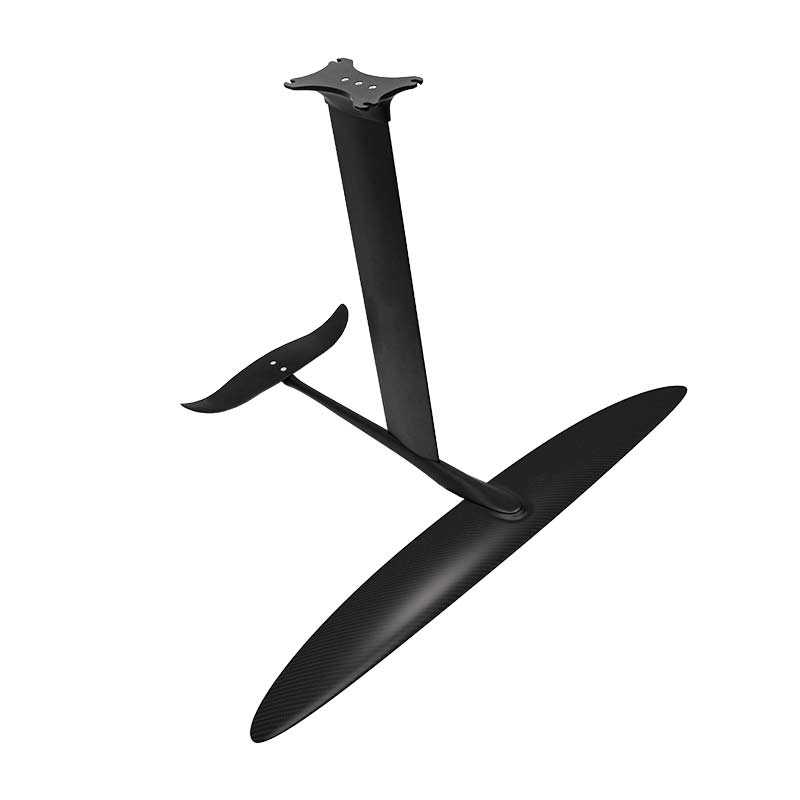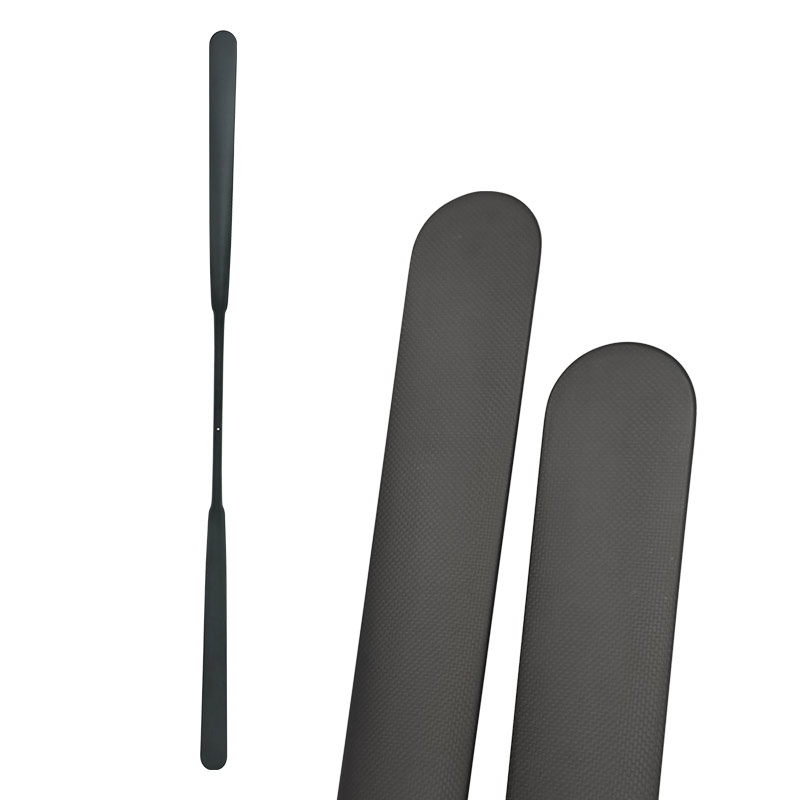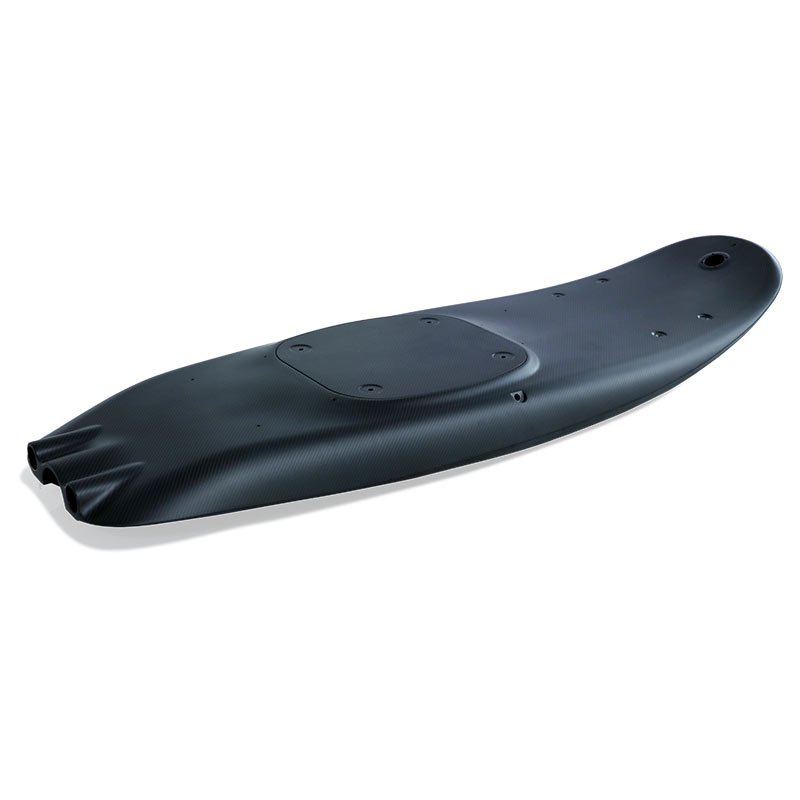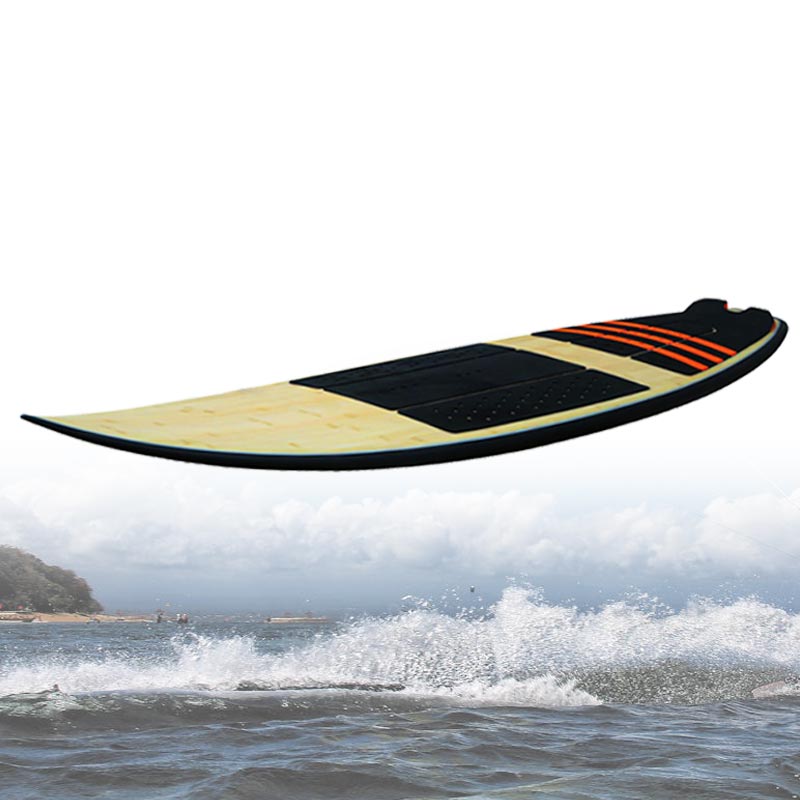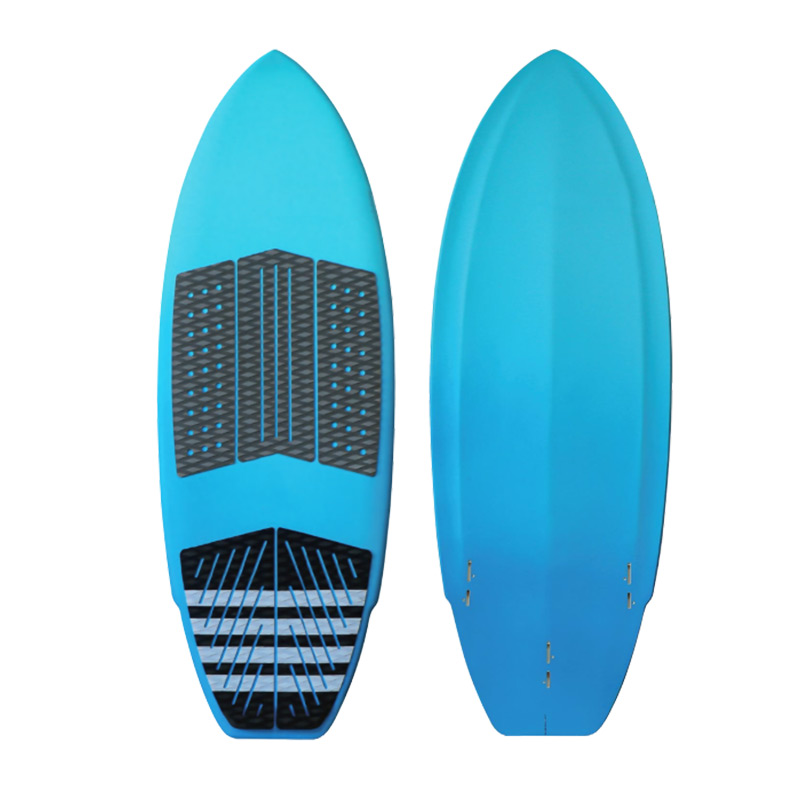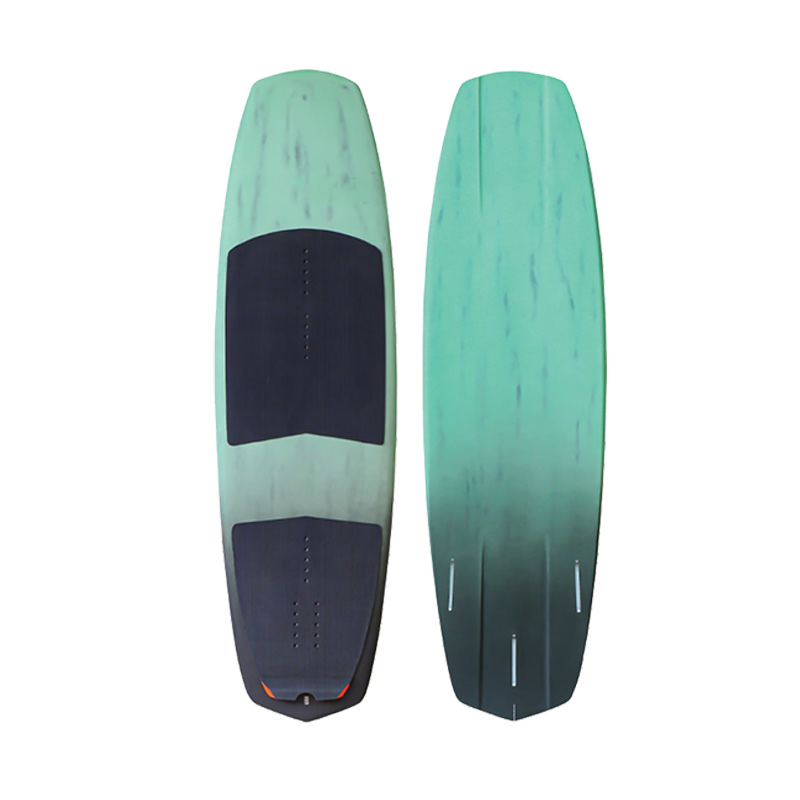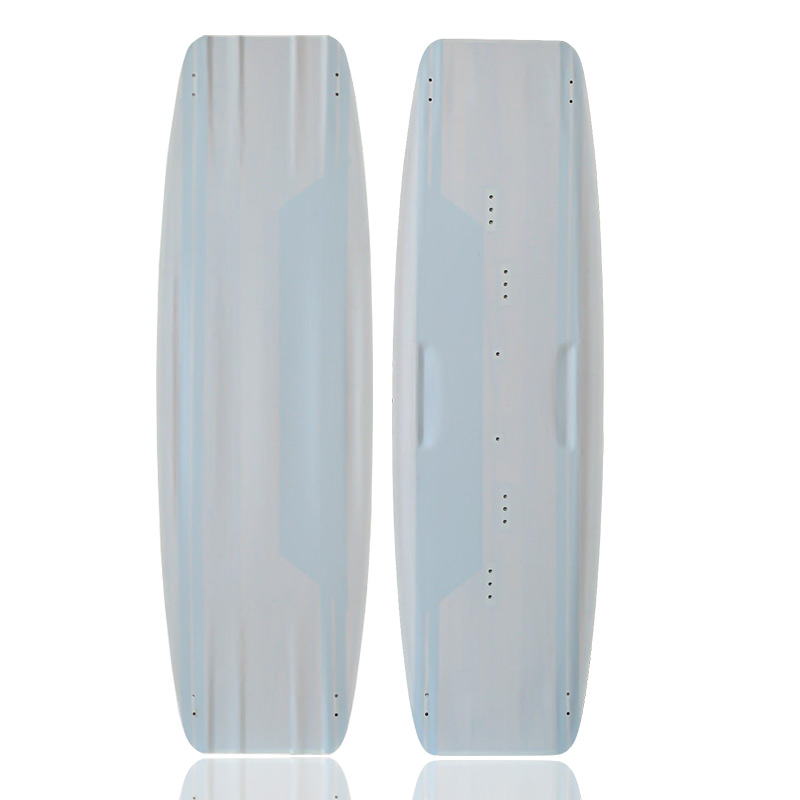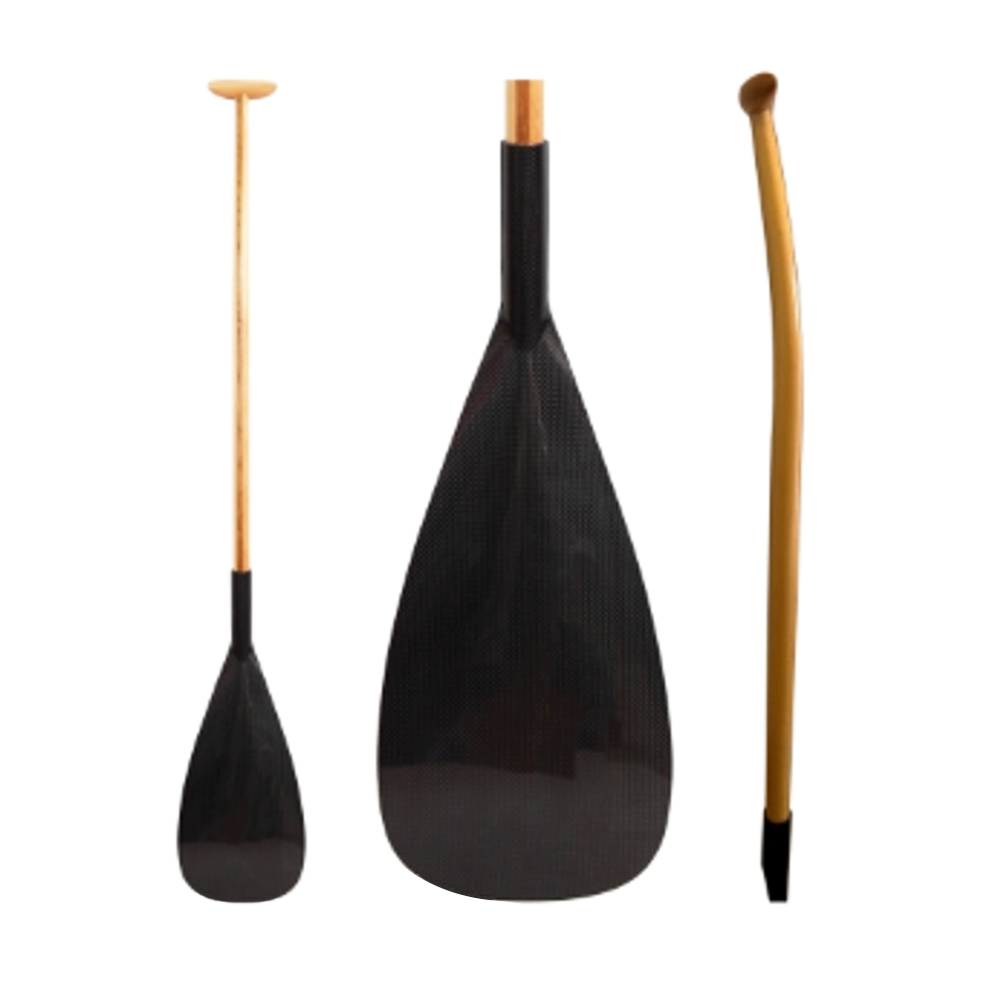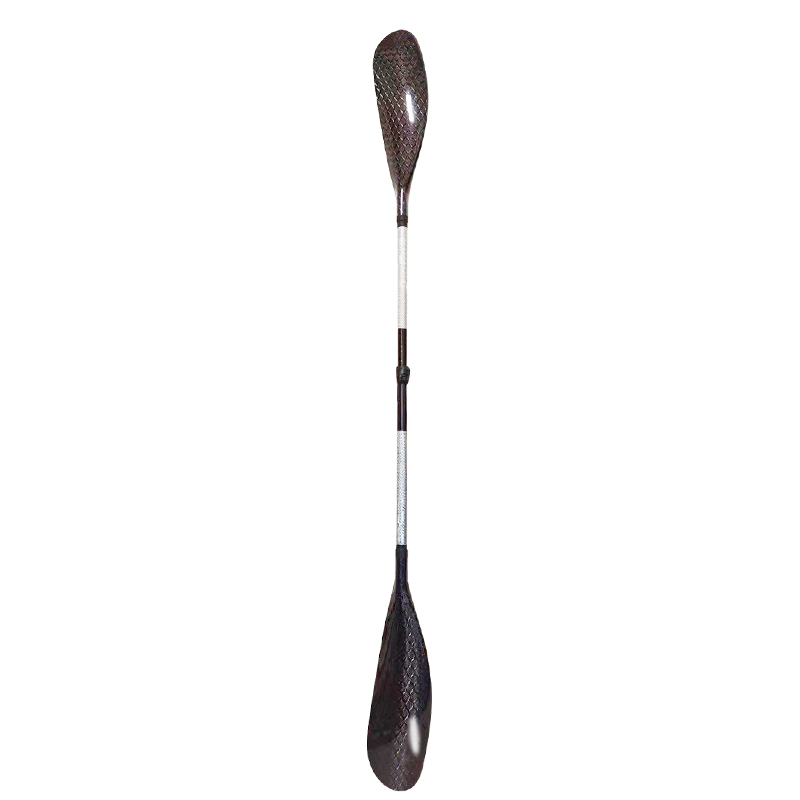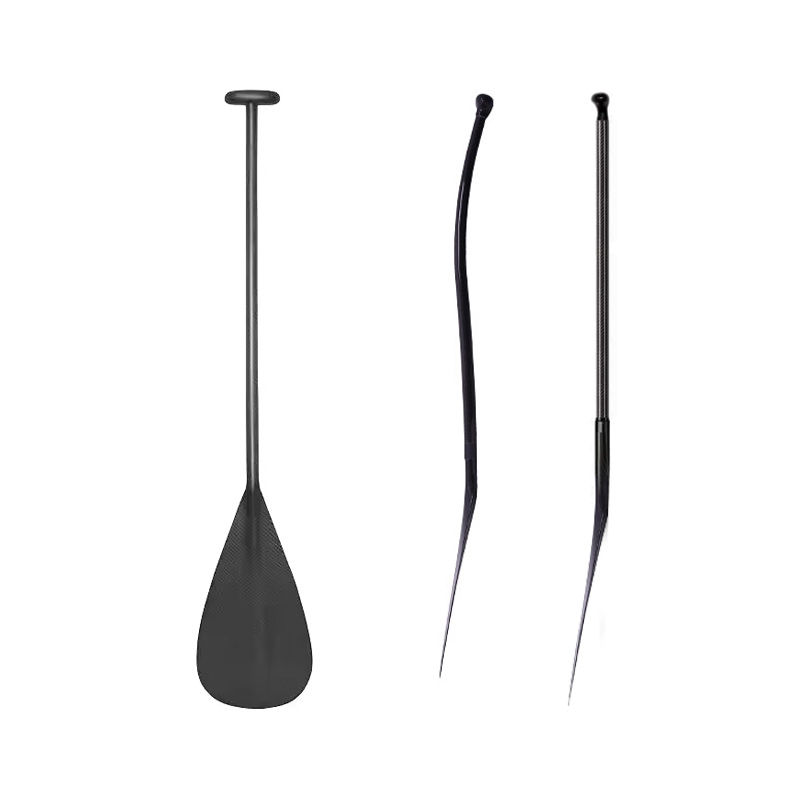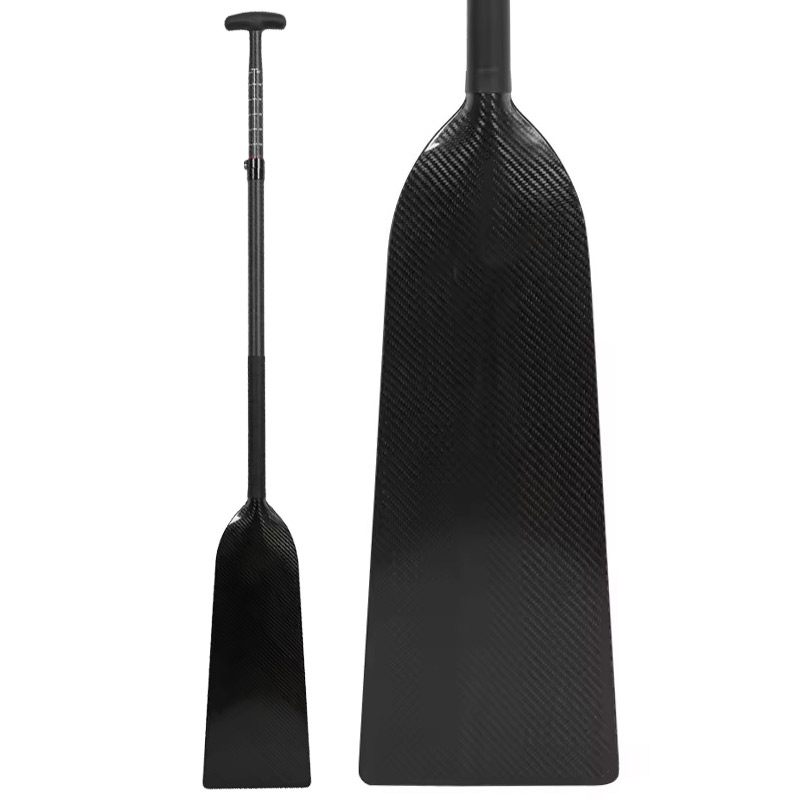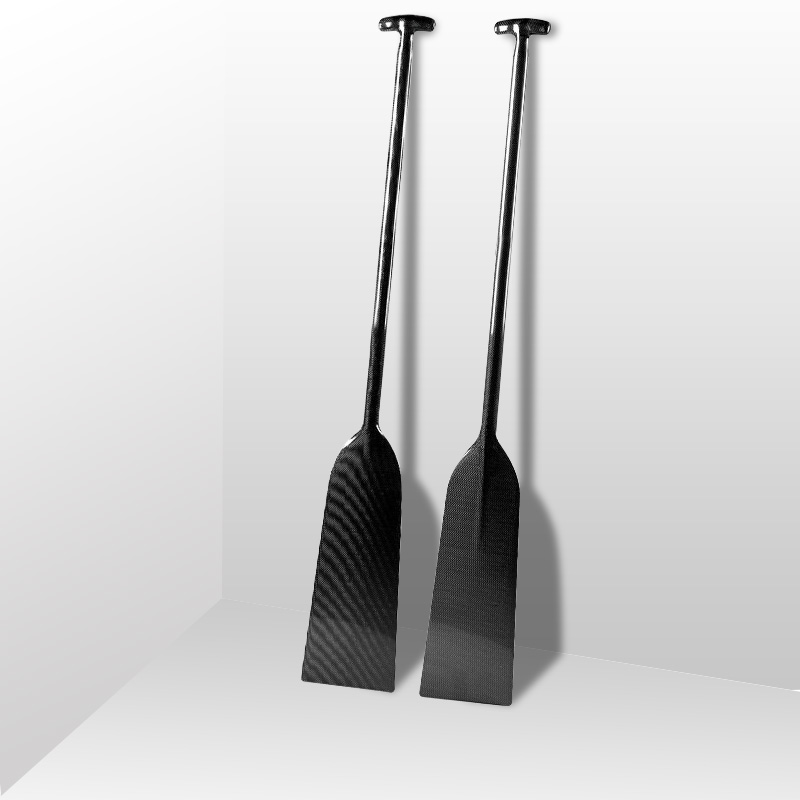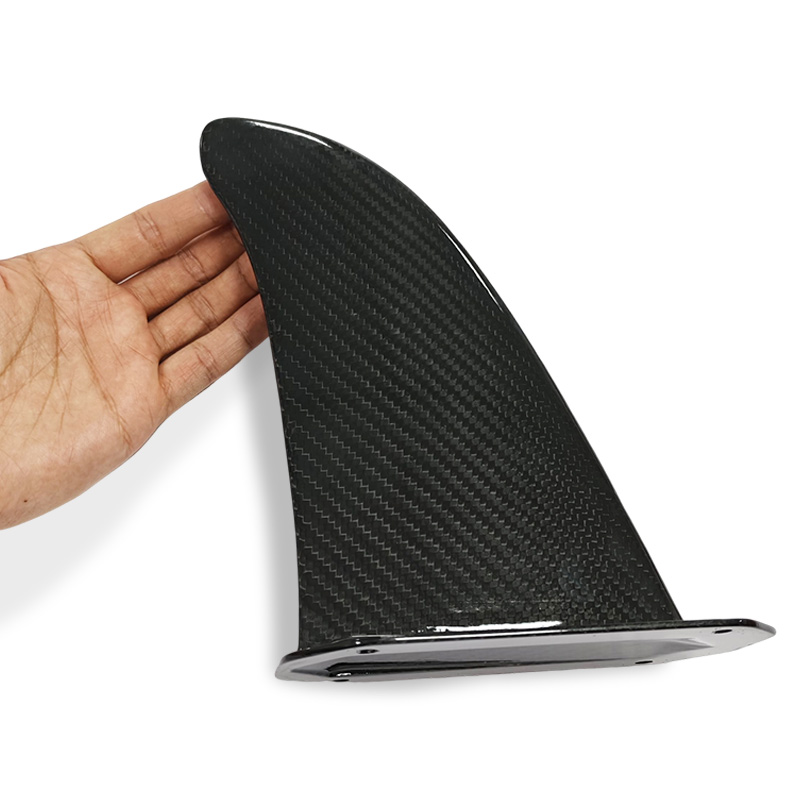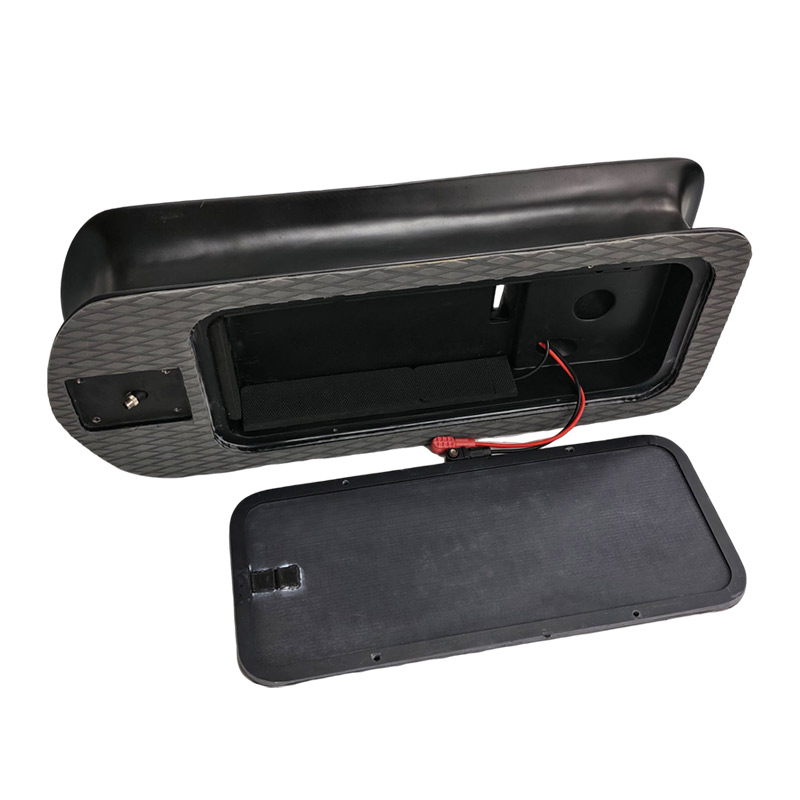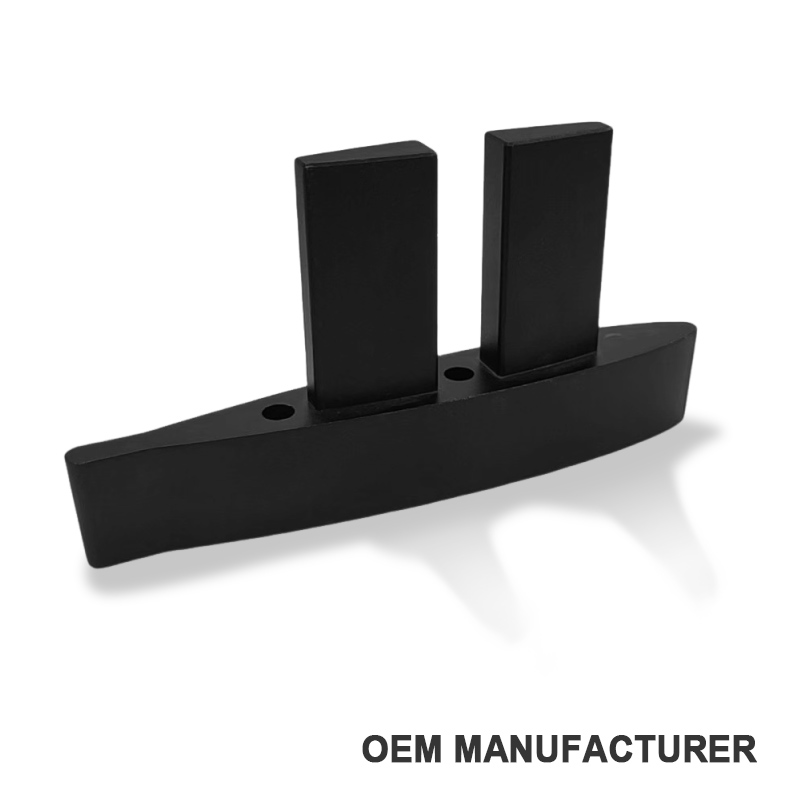Paddle boarding, an exhilarating blend of balance, strength, and connection with nature, has captured the hearts of water enthusiasts around the world. Whether gliding across serene lakes or navigating lively coastal waters, this sport offers something for everyone—from beginners seeking tranquility to seasoned paddlers craving adventure. Understanding the essentials, from what to wear to how to maintain your board, can significantly enhance your experience and enjoyment on the water.
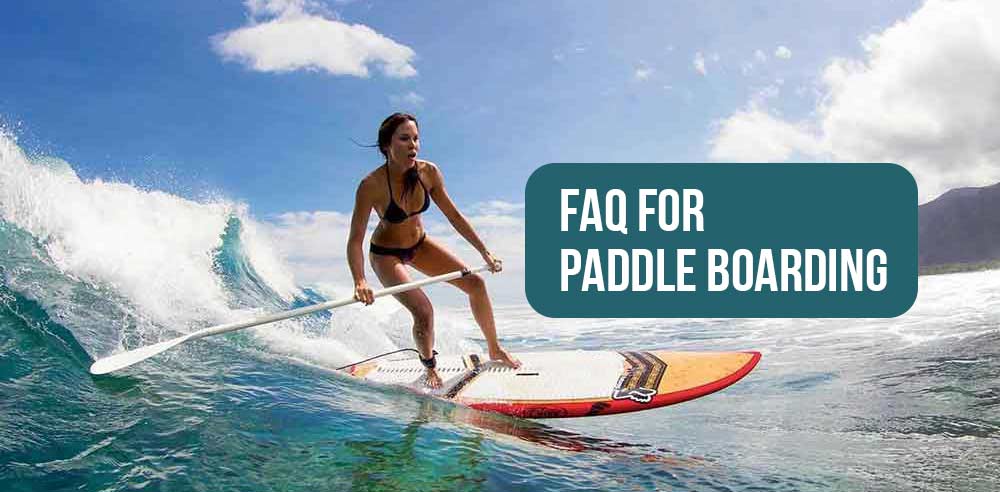
Q1: What to wear paddle boarding
A1: When paddle boarding, choosing the right attire is essential for comfort, performance, and safety. Here’s what to consider:
- Swimwear: A swimsuit or board shorts are ideal for warm weather. Quick-drying materials are best to keep you comfortable both in and out of the water.
- Rash Guard: Wearing a rash guard or a long-sleeve shirt helps protect your skin from UV rays and prevents chafing from the paddle or board.
- Wetsuit/Drysuit: In colder conditions, a wetsuit provides insulation and warmth. For extremely cold water, a drysuit keeps you completely dry and insulated.
- Footwear: Water shoes or sandals with straps are recommended to protect your feet from sharp objects and provide grip on the board. Avoid flip-flops, as they can slip off easily.
- Accessories: A wide-brimmed hat and polarized sunglasses protect against sun exposure. A lightweight jacket can be useful if the weather turns chilly or windy.
- Safety Gear: Always wear a personal flotation device (PFD) and consider using a leash to keep your board close if you fall in.
By selecting appropriate clothing and gear, you’ll enhance your paddle boarding experience while ensuring safety and comfort on the water.
Q2: Is paddle boarding a good workout
A2: Yes, paddle boarding is an excellent workout! Here are some reasons why:
- Full-Body Exercise: Paddle boarding engages multiple muscle groups, including your core, arms, shoulders, and legs. Paddling requires strength and coordination, making it a great full-body workout.
- Core Strength: Balancing on the board requires significant core engagement, which helps build stability and strength in your abdominal and lower back muscles.
- Cardiovascular Benefits: Paddling at a steady pace elevates your heart rate, providing an effective cardiovascular workout. It can improve your endurance and overall fitness level.
- Low Impact: Paddle boarding is gentle on the joints, making it a suitable exercise option for people of all ages and fitness levels. It allows for an effective workout without the harsh impact associated with some other sports.
- Flexibility and Balance: The need to maintain balance on the board enhances flexibility and balance skills, which are important for overall fitness and injury prevention.
- Calorie Burning: Depending on your intensity level, paddle boarding can burn a significant number of calories, making it a great option for those looking to manage their weight or improve their fitness.
Overall, paddle boarding offers a fun and effective way to stay active, enjoy the outdoors, and improve your physical fitness.
Q3: How long is a paddle board?
A3: When considering the long and varied world of paddle boards, one question often arises: how long is a paddle board?
The answer, while seemingly straightforward, delves into a spectrum of dimensions influenced by the board’s intended use.
Typically, for paddle boarding, the range from 8 to 14 feet in length. Shorter boards, around 8 to 10 feet, are favored for maneuverability and are ideal for surfing or navigating tight waterways. Conversely, those seeking stability and speed might opt for longer boards, generally measuring 11 to 14 feet, which excel in open water and touring scenarios.
The length of a paddle board significantly impacts its performance characteristics. Longer boards offer superior glide and efficiency, making them suitable for covering vast distances. In contrast, shorter boards provide agility, allowing for swift turns and dynamic rides.
Ultimately, the choice of length hinges on the rider’s skill level, the type of water conditions, and personal preferences. Understanding these nuances ensures that enthusiasts select the perfect paddle board to complement their adventures on the water.
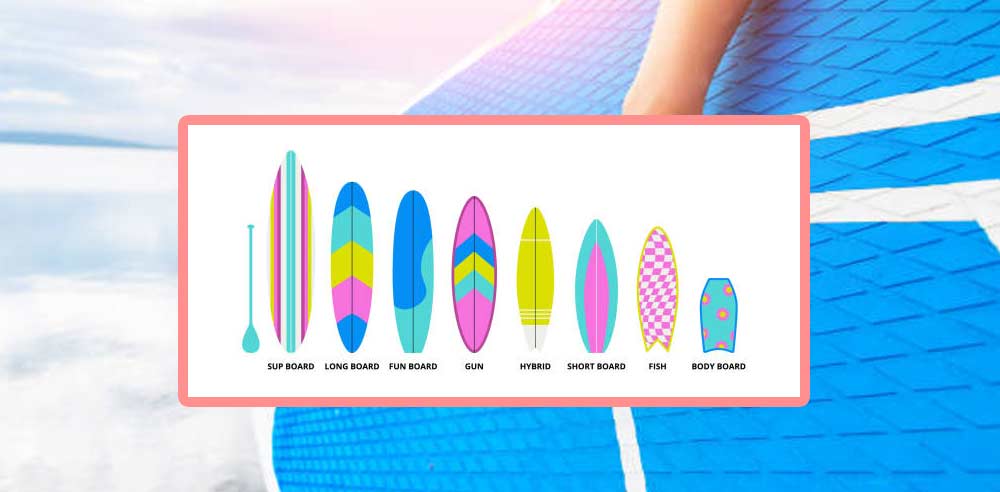
Q4: How to hold a paddle board paddle
A4: To hold a paddle board paddle correctly, follow these steps:
- Grip Position: Hold the paddle with both hands. Your top hand should grip the paddle shaft near the T-grip, while your bottom hand is placed lower on the shaft. This positioning helps maintain control.
- Blade Orientation: Ensure the blade is angled away from you. The curved side of the blade should face forward, allowing for efficient strokes in the water.
- Body Alignment: Stand with your feet shoulder-width apart on the board. Keep your knees slightly bent for balance, and rotate your torso while paddling to engage your core.
- Stroke Technique: Start the stroke by planting the blade in the water slightly in front of you. Pull the paddle back alongside the board, using your core muscles to generate power.
- Hand Placement: Maintain a comfortable grip without excessive tension. Your top hand controls the paddle’s angle, while the bottom hand provides stability.
By mastering these techniques, you’ll enhance your paddle boarding experience and improve your efficiency on the water.
Q5: What is stand up paddle boarding
A5: Stand up paddle boarding, often abbreviated as SUP, is an engaging water sport that combines elements of surfing and kayaking. Participants use a long paddle to propel themselves while standing on a buoyant board. This unique activity promotes a harmonious connection with nature, allowing individuals to traverse serene lakes, dynamic rivers, and coastal waters.
The essence of boarding lies in its accessibility. Whether you are a novice seeking tranquility or an experienced paddler craving adventure, SUP accommodates all skill levels. The sport enhances core stability, balance, and overall fitness, making it an effective workout.
Paddlers often find themselves exploring picturesque landscapes, observing wildlife, and even practicing yoga atop their boards. The meditative quality of stand up paddle boarding fosters a sense of peace, often transforming a simple outing into a rejuvenating experience.
Equipment plays a crucial role; boards vary in size, shape, and material, each tailored to specific activities like racing, touring, or leisure paddling. Ultimately, stand up paddle boarding is not merely a sport; it is an invitation to embrace the tranquility of water while enjoying the great outdoors.
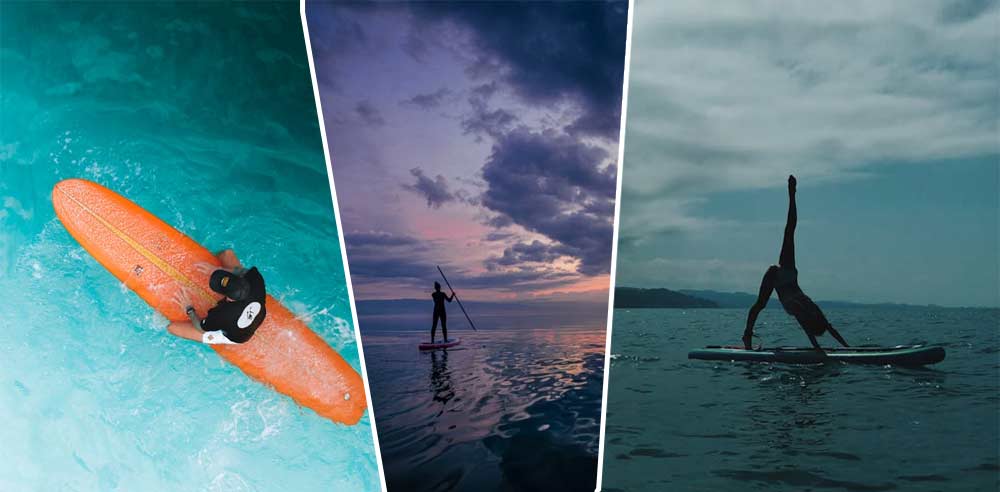
Q6: What length paddle board do i need
A6: Choosing the right length paddle board depends on several factors, including your skill level, intended use, and personal preferences. Here’s a general guide:
- Skill Level:
- Beginners: Opt for boards between 10 to 11 feet. These lengths provide stability and are easier to maneuver.
- Intermediate/Advanced: Boards from 11 to 14 feet are better for those with more experience, offering improved speed and efficiency.
- Type of Paddling:
- Recreational: For casual paddling on lakes or calm waters, a board around 10 to 12 feet is ideal.
- Touring: If you plan to cover long distances, choose a board between 12 to 14 feet for better glide and tracking.
- Surfing: Shorter boards, about 8 to 10 feet, are more agile and suitable for catching waves.
- Weight Capacity: Consider your weight and any additional gear. Longer boards typically support more weight, while shorter ones may be less stable under heavier loads.
- Personal Preference: Ultimately, your comfort and style of paddling should guide your choice. Test different lengths if possible to find what feels right for you.
By considering these factors, you can select a paddle board that enhances your experience on the water.
Q7: How to paddle board for beginners
A7: Embarking on the journey of paddle boarding can be exhilarating for beginners. Understanding the fundamentals is essential to ensure a smooth and enjoyable experience. First, select an appropriate board. A wider, more stable paddle board is ideal for novices, as it provides balance and confidence on the water.
Start by positioning the board in shallow water. Kneel on the center, ensuring your weight is evenly distributed. Once comfortable, gradually stand up by placing one foot at a time in the middle of the board. Keep your feet shoulder-width apart, knees slightly bent, and engage your core for stability.
Paddle with proper technique. Grip the paddle with both hands, ensuring the blade faces away from you. Start each stroke by planting the blade in the water near your feet and pulling it back alongside the board. Alternate sides to maintain a straight path.
As you gain confidence, experiment with different paddling styles and techniques. Be mindful of your surroundings and practice turning and stopping. Finally, remember that practice makes perfect; with time, even beginners can master the art of paddle boarding and enjoy the serenity of gliding across the water.
Q8: How to store paddle boards
A8: Storing paddle boards correctly is crucial for their longevity and performance. Begin by cleaning the board thoroughly with fresh water to remove any salt, sand, or debris. Once cleaned, allow it to dry completely to prevent mold or mildew from developing. Proper maintenance before storage sets the foundation for a well-preserved board.
When it comes to positioning your paddle board, vertical storage is ideal if you have the space. Using a wall rack designed for paddle boards keeps them off the ground and prevents warping. If vertical storage isn’t an option, lay the board flat on a soft surface, such as a padded mat or blanket, to avoid pressure points that could lead to damage.
Additionally, protect your board from prolonged exposure to direct sunlight, as this can cause fading and deterioration of materials. A covered space, like a garage or shed, is best for storage. Using a padded board bag can provide extra protection against scratches during transport and storage. Regularly inspect your board for any signs of wear, ensuring it remains in top condition for your next adventure on the water for paddle boarding.
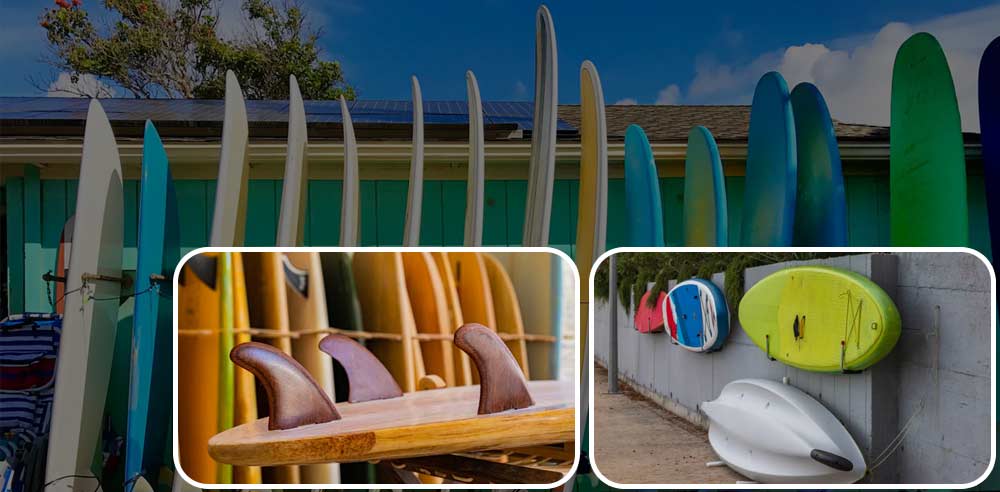
Q9: How to transport paddle board
A9: Transporting a paddle board requires careful planning to ensure it remains in excellent condition throughout the journey. One of the best ways to protect your board is by using a padded paddle board bag. These bags are designed to fit your specific board size, providing a buffer against scratches and dings. Before hitting the road, make sure the bag is securely zipped to prevent the board from sliding out during transport. If you want to customize a protective bag for paddle boarding, welcome to contact us.
If you’re using a vehicle, rooftop racks are an effective met hod for transporting your paddle board. Place the board on the rack with the fins facing upward, and secure it using straps or tie-downs. Ensure that the board is tightly fastened to prevent any shifting while driving. Always take a moment to double-check the security of the straps before starting your journey, especially on longer trips.
For those with enough space in their vehicles, transporting the board inside can offer additional protection. Lay the board flat and consider removing the fins to avoid potential damage. Use blankets or towels to cushion the board and prevent movement during transit. Lastly, avoid exposing the board to extreme temperatures and direct sunlight for prolonged periods, as these conditions can affect the materials. By following these steps, you can transport your paddle board safely and efficiently.
Q10: What are paddle boards made of
A10: Paddle boards are constructed from various materials, each offering distinct advantages depending on the intended use. Here are the most common materials used:
- EPS Foam and Fiberglass: Many performance boards are made from expanded polystyrene (EPS) foam, which is lightweight and buoyant. The foam core is typically wrapped in fiberglass layers, providing strength and rigidity while keeping the board light. This construction is popular for racing and surfing boards due to its responsiveness.
- Inflatable PVC: Inflatable paddle boards are made from durable PVC or drop-stitch material. This construction allows for easy storage and transportation, as the boards can be deflated and rolled up. Inflatable boards are known for their resilience and stability, making them great for beginners and recreational paddlers.
- Epoxy Resin: Some boards feature an epoxy resin coating, which adds an extra layer of durability and impact resistance. This material helps protect against scratches and dings, prolonging the board’s lifespan.
- Wood Veneer: Aesthetic and eco-friendly options often use a wood veneer finish. These boards can offer a unique look while maintaining solid performance characteristics.
- Carbon Fiber: High-end paddle boards may incorporate carbon fiber for increased strength and reduced weight. This material is often used in racing or advanced performance boards, providing exceptional stiffness and responsiveness.
Understanding these materials can help you choose the right paddle board based on your needs and preferences.

Q11: Are paddle boards inflatable
A11: Most boards are inflatable, but some are hardboard made of wood, carbon fiber, fiberglass, etc.
Q12: How to ride a paddle board
A11: Riding a paddle board can be an enjoyable and rewarding experience for paddle boarding. Here’s a step-by-step guide to help you get started for Paddle Boarding:
1. Getting on the Board
- Start in Shallow Water: Begin in calm, shallow water where you can easily balance.
- Kneel First: Place the paddle board in the water and kneel in the center. This position offers stability while you get used to the board’s movement.
2. Standing Up
- Transition to Standing: Once comfortable kneeling, place one foot in the middle of the board, then bring up the other foot. Keep your feet shoulder-width apart and centered.
- Engage Your Core: Maintain a slight bend in your knees and engage your core for balance.
3. Paddle Boarding Technique
- Grip the Paddle: Hold the paddle with both hands. Your top hand should be near the T-grip, and your bottom hand should grip the shaft lower down.
- Blade Orientation: Ensure the blade is angled away from you. This maximizes efficiency in your strokes.
- Paddle Stroke: Start each stroke by planting the blade in the water slightly in front of you, then pull it back alongside the board. Alternate sides to maintain a straight course.
4. Turning and Stopping
- Turning: To turn, paddle boarding harder on one side. For a sharper turn, use a sweeping stroke at the tail of the board.
- Stopping: To come to a stop, simply stop paddling and maintain your balance. You can also use a backward stroke to slow down more quickly.
5. Safety and Awareness
- Stay Aware: Keep an eye on your surroundings, including other paddlers, boats, and obstacles in the water.
- Wear a PFD: Always wear a personal flotation device for safety, especially in open water.
Q13: How to clean a paddle board
Cleaning a paddle board is crucial for preserving its condition and ensuring a long lifespan in paddle boarding. After each use, rinse the board with fresh water to remove salt, sand, and debris, preventing buildup that could damage the surface. For a deeper clean, mix mild soap with water and use a soft sponge or cloth to gently scrub the board, avoiding harsh chemicals that can harm the materials. If your board has removable fins, take them off and rinse them separately, using a soft brush to remove any accumulated debris or algae.
Once cleaned, it’s essential to dry the board thoroughly with a towel to prevent moisture from leading to mold or mildew. Store the board in a cool, shaded area away from direct sunlight to maintain its integrity. By following these cleaning and storage practices, you’ll ensure that your paddle board remains in excellent condition, ready for your next adventure on the water paddle boarding.
Conclusion
In conclusion, paddle boarding is not just a fun activity; it’s a rewarding way to improve fitness, explore stunning landscapes, and enjoy the great outdoors. By equipping yourself with the right knowledge about gear, techniques, and maintenance, you can make the most of your time on the water. So grab your paddle, embrace the adventure, and let the waves carry you to new experiences!

